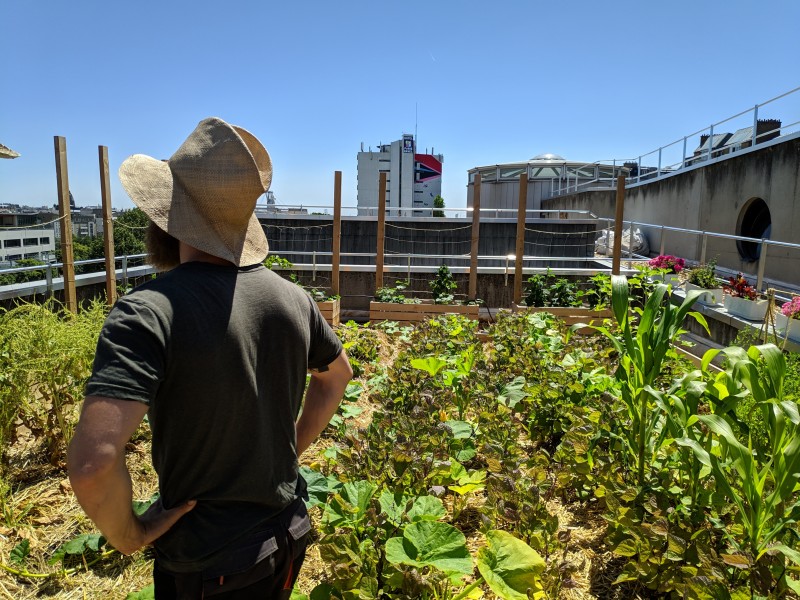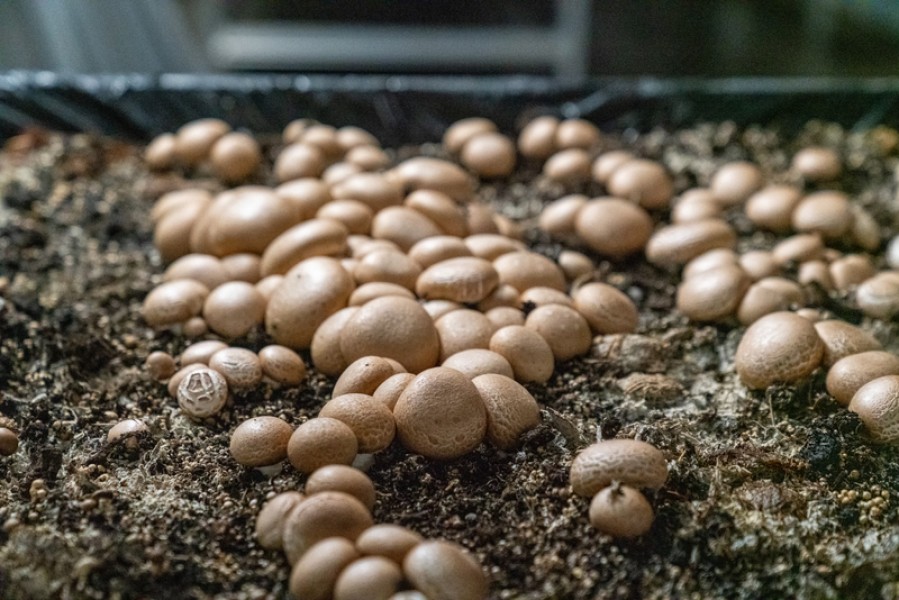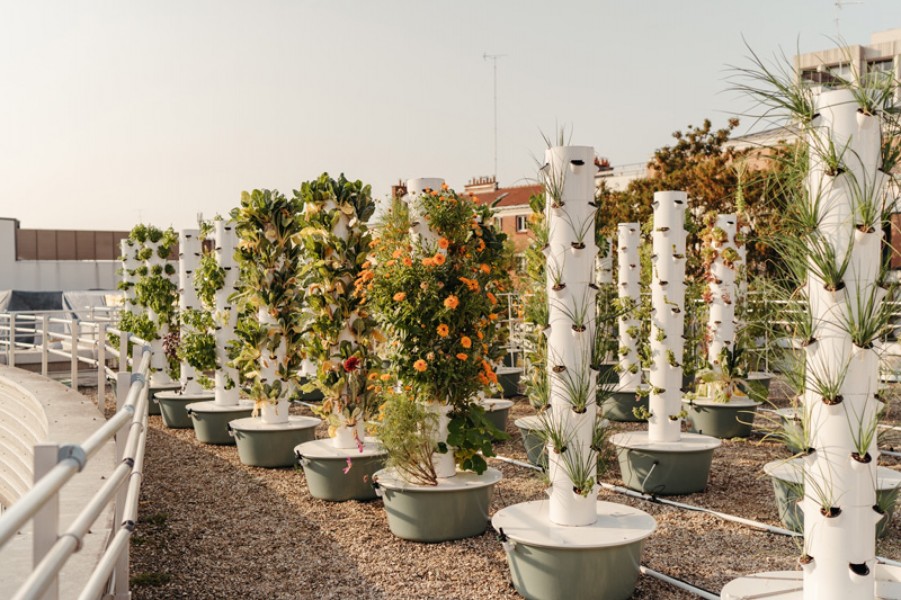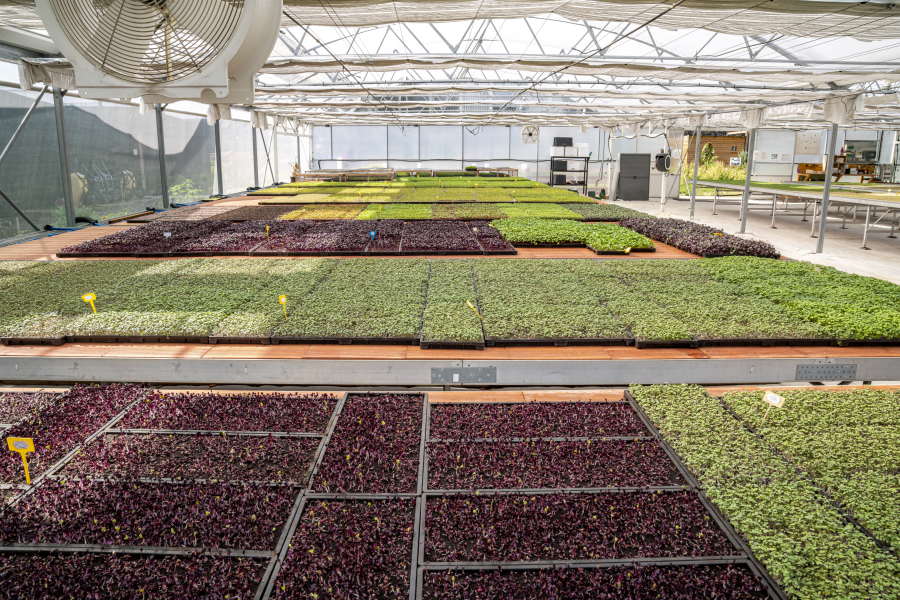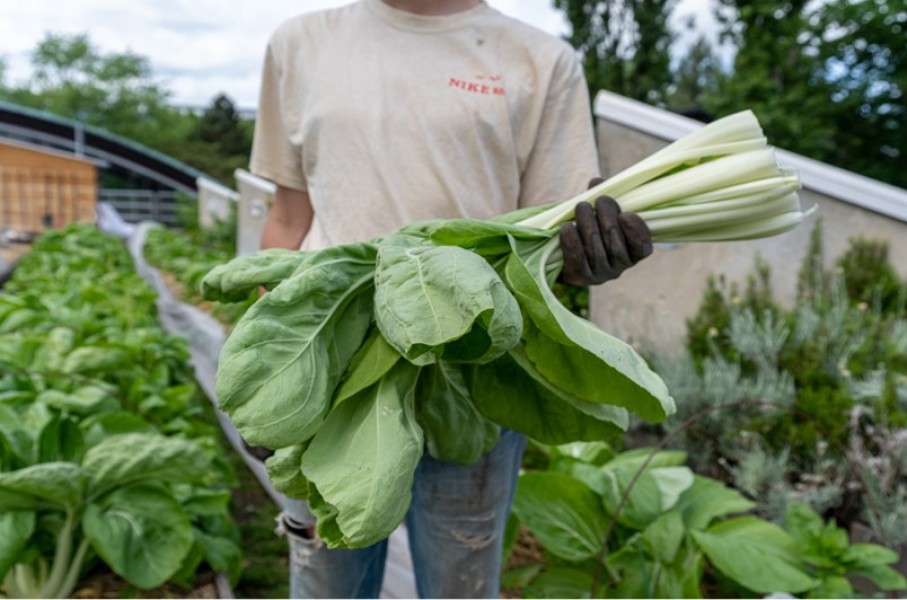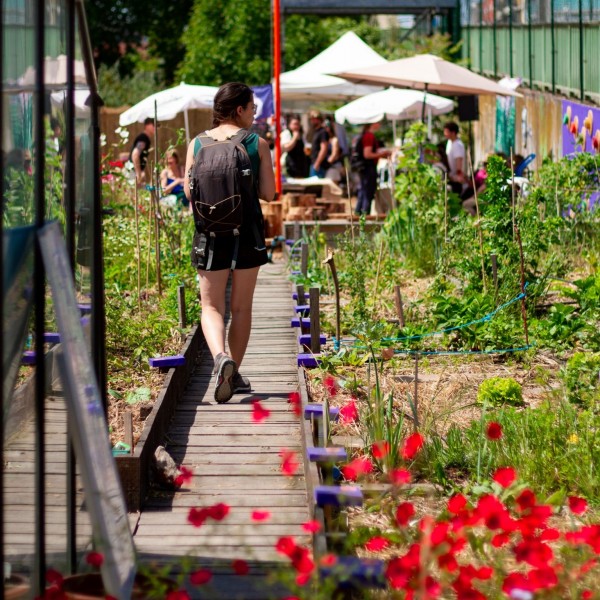Urban agriculture in Paris
Urban agriculture or urban farming encompasses all agricultural and animal husbandry activities taking place in or around cities.
This broad definition enables a great diversity of
urban agriculture practices, which vary in multiple ways including location
(roofs, walls, aboveground and underground lots), production method (raised
beds, hydroponics, aeroponics, aquaponics, open ground, greenhouses, open air),
organizational structure (companies, non-profits, start-ups, community
organizers), and purpose (productive, educational, participatory, or all at
once) !
This definition also provides the spatial perimeter for urban agriculture, ranging from urban to peri-urban areas and allowing for greater linkage between the urban sphere and the agricultural sphere, with the latter historically located beyond the boundaries of cities. This opens up the possibility for new forms of agriculture to be born in the city.
Farming in Paris, a practice with a long history
Agriculture has always been present in the Ile-de-France region. Since the second half of the 19th century, farmers have set out to develop agriculture in the city, and have adapted to its constraints, for example with the famous walls of peaches in Montreuil.
The development of vegetable farms on the outskirts of Paris even led the Ile-de-France region to be called "The Plain of Virtues".
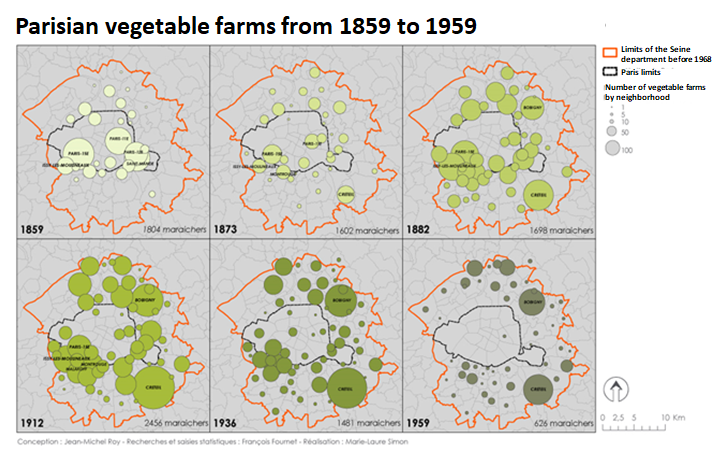
Introducing agricultural projects on roofs, walls, aboveground and underground lots supports the development of a sustainable and resilient urban model in a multitude of ways. These include shortening food supply chains, strengthening community ties, building awareness around healthy eating, contributing to food security, providing ecological services like storm water management, fostering biodiversity, mitigating heat islands and enhancing energy efficiency in the built environment.
Urban agriculture projects support production, educational and awarnesse raising activities but also a transition riole towards agricultural professions, particularly for people not coming from this environment. Theses farms also participate, on their own scale, in the Parisian food system and in the fight against food insecurity.
“What about pollution?”
The impact of pollution on food products produced in cities is often the first question to arise. In response, there are numerous studies demonstrating that transfers between air pollution and crops are minimal and present no risk when following certain rules like growing at a height that protects against fine particles, controlling for soil quality, and leveraging ecological cultivation practices.
The minimum height for the cultivation of food products is always taken into account when scoping sites for urban agriculture projects.
Soil quality is essential, as contamination from pollutants occurs primarily through the soil. The City of Paris systematically controls for soil pollution in order to ensure the grounds are suitable for food production.
Parisian urban agriculture projects endorse ecological cultivation practices that prohibit the use of pesticides and agrochemicals.
In addition, urban agriculture projects in and of themselves contribute to reducing pollution in their efforts to minimize the distance traveled by food products between growers and consumers.
The Paris urban agriculture agenda
Over the last few decades, agriculture has moved further and further away from cities. In order to encourage residents’ engagement with contemporary agricultural issues and promote urban greening, the City of Paris actively supports urban agriculture through Parisculteurs, as well as the following initiatives:
- AgriParis Seine , a territorial cooperation association which unites the forces of seven actors or communities, including Paris, to reduce the impact of food production on the environment. The goal is also to improve Parisian collective catering;
- The implementation of a new sustainable food plan which sets ambitious objectives for 100% organic and sustainable municipal collective catering: 75% organic-labelled foods, 100% seasonal products and 50% produced within 250 km from Paris in particular;
- The development of sustainable agriculture projects within a 250 km radius around Paris, through the mobilization of land from the City of Paris in this area;
- The establishment of financing mechanisms to support urban agriculture with "Paris Sème" and training in agricultural and sustainable food professions with "Paris Fertile ";
- An incentive to develop urban agriculture directly included in the Local Urban Plan of the City of Paris;
- La Ferme de Paris , demonstrator in the management of agroecological practices. A test space run by "Les Champs des Possibles Cooperative" is also installed there;
- The Breuil school : a place to train, among others, future urban farmers.- Development and access to shared gardens;
- The development and maintenance of Paris vines .
Our priority for the years to come is to develop a local agricultural model that promotes better eating habtis and benefits both urban and rural territories.
This definition also provides the spatial perimeter for urban agriculture, ranging from urban to peri-urban areas and allowing for greater linkage between the urban sphere and the agricultural sphere, with the latter historically located beyond the boundaries of cities. This opens up the possibility for new forms of agriculture to be born in the city.
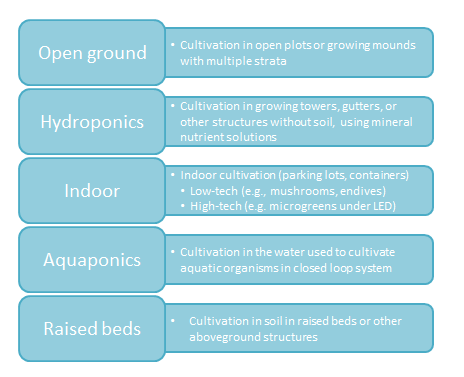
Farming in Paris, a practice with a long history
Agriculture has always been present in the Ile-de-France region. Since the second half of the 19th century, farmers have set out to develop agriculture in the city, and have adapted to its constraints, for example with the famous walls of peaches in Montreuil.
The development of vegetable farms on the outskirts of Paris even led the Ile-de-France region to be called "The Plain of Virtues".

Over the years however,
hygiene-weary urban planning policies gradually relegated farming to the
outskirts of the city. Today, its comeback is taking new forms that fall under
the umbrella term of urban agriculture.
The benefits of urban
agricultureIntroducing agricultural projects on roofs, walls, aboveground and underground lots supports the development of a sustainable and resilient urban model in a multitude of ways. These include shortening food supply chains, strengthening community ties, building awareness around healthy eating, contributing to food security, providing ecological services like storm water management, fostering biodiversity, mitigating heat islands and enhancing energy efficiency in the built environment.
Urban agriculture projects support production, educational and awarnesse raising activities but also a transition riole towards agricultural professions, particularly for people not coming from this environment. Theses farms also participate, on their own scale, in the Parisian food system and in the fight against food insecurity.
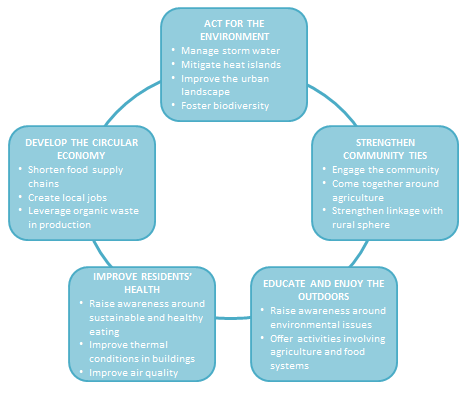
“What about pollution?”
The impact of pollution on food products produced in cities is often the first question to arise. In response, there are numerous studies demonstrating that transfers between air pollution and crops are minimal and present no risk when following certain rules like growing at a height that protects against fine particles, controlling for soil quality, and leveraging ecological cultivation practices.
The minimum height for the cultivation of food products is always taken into account when scoping sites for urban agriculture projects.
Soil quality is essential, as contamination from pollutants occurs primarily through the soil. The City of Paris systematically controls for soil pollution in order to ensure the grounds are suitable for food production.
Parisian urban agriculture projects endorse ecological cultivation practices that prohibit the use of pesticides and agrochemicals.
In addition, urban agriculture projects in and of themselves contribute to reducing pollution in their efforts to minimize the distance traveled by food products between growers and consumers.
The Paris urban agriculture agenda
Over the last few decades, agriculture has moved further and further away from cities. In order to encourage residents’ engagement with contemporary agricultural issues and promote urban greening, the City of Paris actively supports urban agriculture through Parisculteurs, as well as the following initiatives:
- AgriParis Seine , a territorial cooperation association which unites the forces of seven actors or communities, including Paris, to reduce the impact of food production on the environment. The goal is also to improve Parisian collective catering;
- The implementation of a new sustainable food plan which sets ambitious objectives for 100% organic and sustainable municipal collective catering: 75% organic-labelled foods, 100% seasonal products and 50% produced within 250 km from Paris in particular;
- The development of sustainable agriculture projects within a 250 km radius around Paris, through the mobilization of land from the City of Paris in this area;
- The establishment of financing mechanisms to support urban agriculture with "Paris Sème" and training in agricultural and sustainable food professions with "Paris Fertile ";
- An incentive to develop urban agriculture directly included in the Local Urban Plan of the City of Paris;
- La Ferme de Paris , demonstrator in the management of agroecological practices. A test space run by "Les Champs des Possibles Cooperative" is also installed there;
- The Breuil school : a place to train, among others, future urban farmers.- Development and access to shared gardens;
- The development and maintenance of Paris vines .
Our priority for the years to come is to develop a local agricultural model that promotes better eating habtis and benefits both urban and rural territories.

